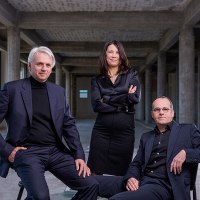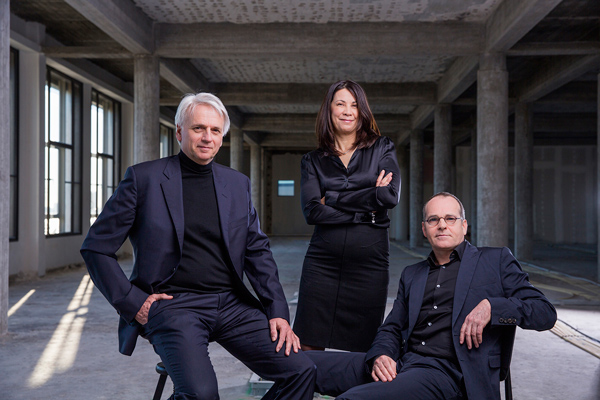
The building by KAAN Architecten together with Celnikier & Grabli Architectes, is set to revolutionise fundamental research in disciplines such as quantum physics, biology and chemistry. Construction will begin in 2026, replacing Colladon’s existing car park with the new state-of-the-art laboratories and office spaces on seven levels, including two underground floors.
KAAN Architecten from Rotterdam and Celnikier & Grabli Architectes from Paris won the 2022-2023 dialogue competition for this innovative project. Designing a facility for 26 research groups and over 500 users, while addressing the stringent demands of pioneering research, was an ambitious endeavour.
The Advanced Science Building (ASB) is crafted to accommodate complex scientific platforms across a range of disciplines, each requiring precise control over external factors. The building reflects EPFL's commitment to this type of fundamental research and will strengthen its position as a global research leader. Its design, which harmonises operational flexibility and robust technical isolation, sets a new standard for research environments where even the smallest disturbances can impact results.

One of the project’s key innovations is a central "silo" that houses all technical facilities. This structure, isolated from the rest of the building, addresses the inevitable disturbances generated by technical equipment. Circulation, preparation, experimental spaces and offices are organised in layers around this central silo. The office spaces, featuring extensive use of structural wood, are modular and open to views of the Lausanne Campus, Lake Geneva and the Alps. Meeting spaces are strategically placed near circulation areas to foster interaction, ensuring the ASB is a welcoming, pleasant building with a large, landscaped forecourt.
Designed with sustainability at its core, the building integrates energy-efficient, environmental, and ecological considerations alongside social factors and occupant comfort. Its compact structure reduces thermal losses, while the strategic layout of offices around the laboratories maximises natural light and supports collaboration, building a dynamic research community. The size and placement of windows are optimised for thermal comfort throughout the seasons.

Automated exterior blinds on all windows respond to solar radiation, while the roofs are fully covered with photovoltaic panels. Natural lighting is enhanced to reduce the need for artificial light, reducing risks of overheating and glare. Large windows are provided in office areas where users spend most of their time. Adjustable sunshades protect the façades from solar radiation. The material selection aims to lower greenhouse gas emissions while ensuring ease of maintenance and increasing thermal inertia. Local materials are prioritised. The office area will feature hybrid wood-concrete flooring to lower the grey energy impact without compromising thermal inertia, supported by exposed clay floors.










































